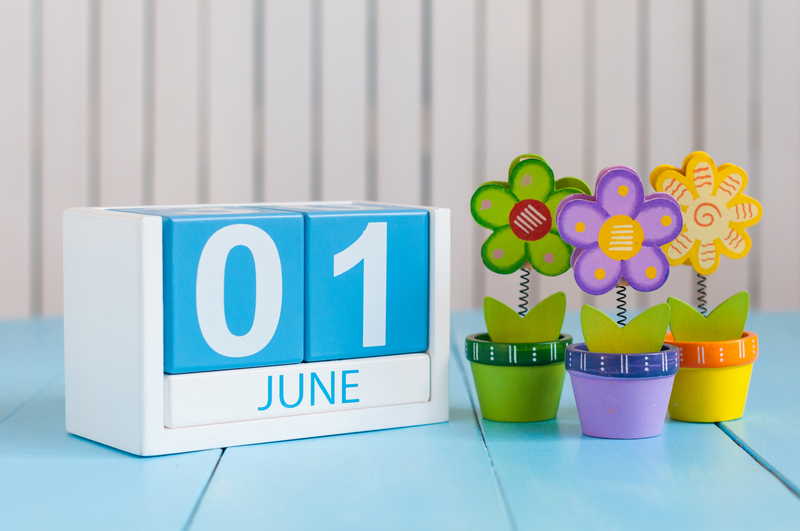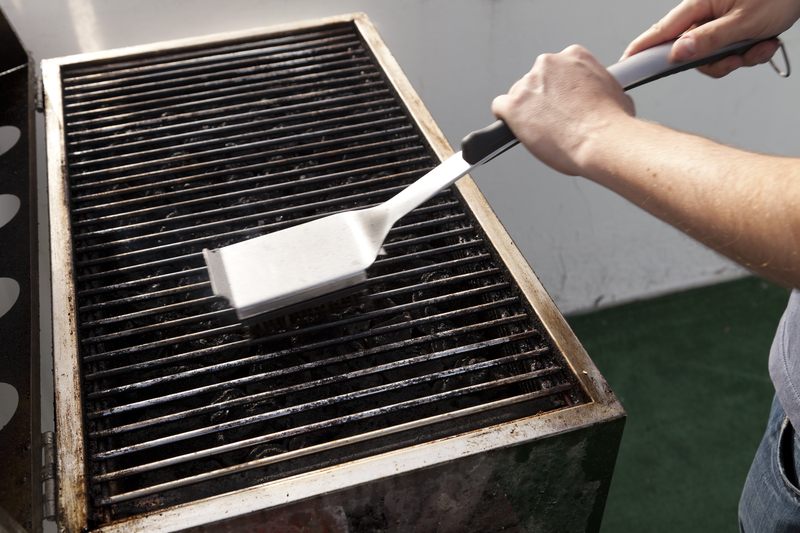Floor Cleaning Principles
Posted on 04/11/2024
Cleaning floors is an essential part of maintaining any home or workplace. Not only does it keep the environment looking good, but it also helps to maintain the longevity of the flooring material and provides a healthier living space. Here, we'll delve into the core principles of floor cleaning and provide some valuable tips, pros and cons, takeaways, and a conclusion on this crucial topic.
Understanding Floor Types
The first principle in floor cleaning is understanding what type of floor you are dealing with. Various floor types require different cleaning methods. The common floor types include hardwood, tile, carpet, laminate, and vinyl. Each type comes with its own set of care instructions.
- Hardwood Floors: They require a careful approach with gentle, non-abrasive cleaners.
- Tile Floors: These are resilient but the grout lines can be tricky to keep clean.
- Carpet Floors: They need regular vacuuming and occasional deep cleaning.
- Laminate Floors: These floors can be damaged by excessive moisture, so damp mopping is usually recommended.
- Vinyl Floors: They are easy to clean but require non-abrasive tools to maintain their finish.

Using the Right Tools and Products
Using the appropriate cleaning tools and products is another fundamental principle. Here are some general guidelines:
- Vacuum Cleaners: Essential for carpets and useful for picking up loose debris on any floor type.
- Mops: Different mops are suited to different floor types, such as microfiber mops for laminate and cotton string mops for tile.
- Brooms: Ideal for quick clean-ups on hardwood and tile.
- Cleaners: Always use a cleaner appropriate to your floor type. For instance, avoid acidic cleaners on hardwood floors and use pH-neutral cleaners for most other types.
Regular Cleaning Routine
A consistent cleaning routine goes a long way in maintaining clean floors. Here's a typical schedule:
- Daily: Sweep or vacuum to remove loose dirt and debris.
- Weekly: Mop (for hard floors) or vacuum (for carpets) more thoroughly.
- Monthly: Deep clean using specialized cleaners suited to your flooring type.
Spot Cleaning
Spills and stains should be addressed immediately to prevent them from setting in. Here's how to tackle common spills on the various floor types:
- Hardwood and Laminate: Wipe up spills immediately with a damp cloth and dry quickly.
- Tile: Clean spills with a mild cleaner and ensure you scrub the grout lines occasionally.
- Carpet: Blot the spill with a clean cloth and use a carpet cleaner if needed.
- Vinyl: Wipe up spills promptly with a non-abrasive cloth.
Preventative Measures
Preventing dirt and damage is better than dealing with them after the fact. Some preventive measures include:
- Doormats: Place mats at entryways to reduce the amount of dirt tracked in.
- Furniture Pads: Use these under furniture legs to prevent scratches.
- Shoes Off Policy: Encouraging a no-shoes policy indoors can significantly reduce dirt.
- Area Rugs: These can protect high-traffic areas, especially on hardwood floors.
Pros and Cons of Different Cleaning Methods
Each cleaning method has its advantages and disadvantages:
- Vacuuming: Efficient for removing surface dirt but may not reach deep debris in carpets.
- Sweeping: Quick and easy for hard floors but can scatter dust.
- Mopping: Effective for cleaning, but improper use can leave streaks or too much moisture.
- Steam Cleaning: Great for deep cleaning but can be harsh on some flooring materials.
- Spot Cleaning Products: Handy for immediate stains but some may contain harsh chemicals.
Tips for Effective Floor Cleaning
- Always follow the manufacturer's guidelines specific to your flooring type.
- Test any new cleaning product on a small, inconspicuous area first.
- Use gentle cleaning techniques to avoid scratches and damage.
- Maintain a regular cleaning schedule to prevent build-up of dirt.
- Replace vacuum bags and filters regularly for maximum efficiency.

Takeaways
- Knowing your floor type is essential as each type requires unique care.
- Using the right tools and cleaning products can save time and prevent damage.
- Regular cleaning schedules and immediate attention to spills maintain floor appearance and hygiene.
- Preventative measures can significantly extend the life of your flooring.
Conclusion
Maintaining clean floors requires understanding the specific needs of your flooring type, using the right materials, and adhering to a consistent cleaning routine. Whether you're dealing with hardwood, tile, carpet, laminate, or vinyl, each type demands its unique approach to stay clean and durable. By following these principles, you'll be better equipped to keep your floors in top condition, creating a healthier and more visually appealing environment.





